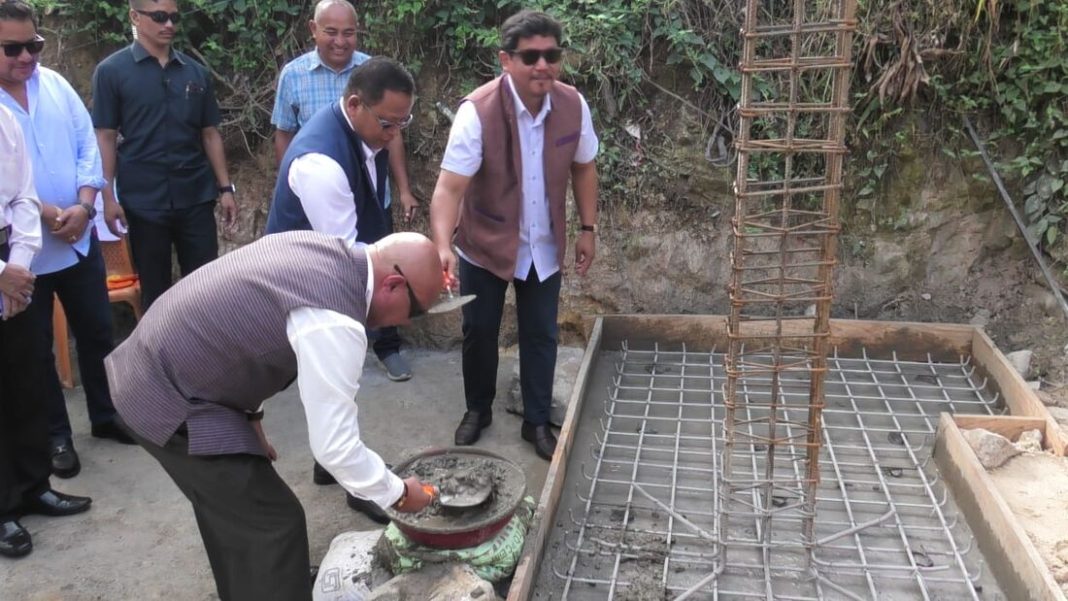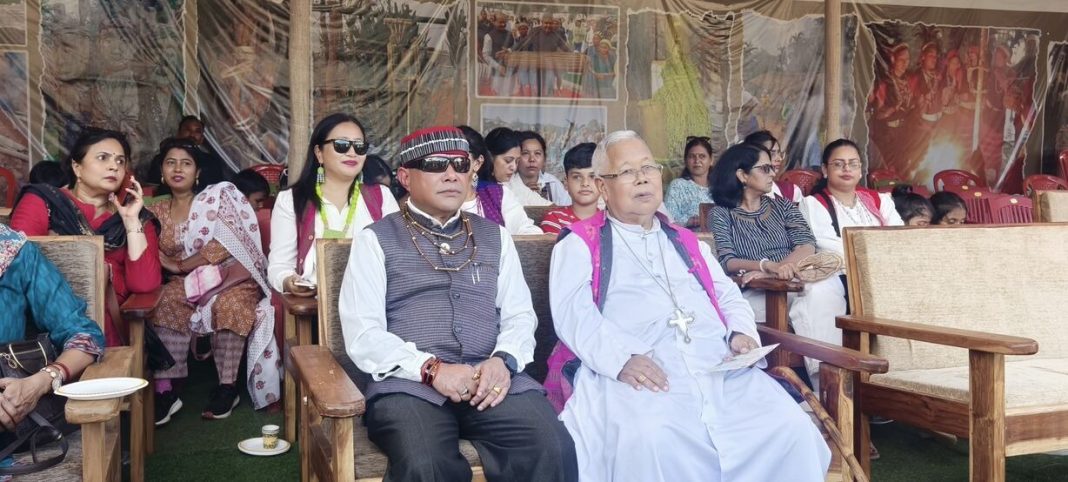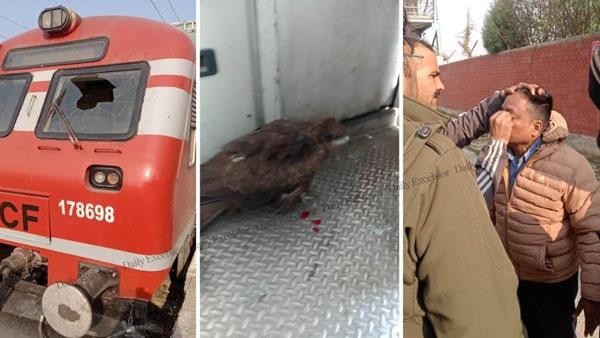Tura, Nov 8:In a poignant ceremony that touched history, culture, and remembrance, Meghalaya Chief Minister Conrad K Sangma today laid the foundation stone for the restoration and beautification of the historic Cenotaph at Tura’s Lower Babupara locality– a solemn tribute to the hundreds of unsung Garo Labour Corps, who answered the call of duty and braved the trenches of World War I.
The Cenotaph in Tura stands as a solemn memorial honoring the sacrifices of the men who joined the Garo Labour Corps and served during the First World War. Many died in France while providing crucial services and armaments for the allied forces fighting the germans in the trenches at the war front.
It was at Babupara, Tura that the surviving war veterans were united with their families on their return from France. A memorial was erected to honour and remember the many who couldn’t make it back home.
The ongoing project aims to restore and beautify this important landmark so that it continues to serve as a place of remembrance, pride, and reflection for generations to come.
Laying the foundation for the new memorial, Chief Minister Conrad K Sangma, explained the origin of the word “Cenotaph,” derived from Greek, meaning “empty tomb,” and elaborated on its significance as a war memorial for those who laid down their lives in distant lands.
The chief minister also acknowledged with deep gratitude the members of the Committee for the Preservation of Garo Culture and Heritage, under the chairmanship of Minister Marcuise N. Marak, as well as to senior citizens, religious leaders, and members of civil society for their efforts in shaping the project.
Pointing to the emotional and historical value of the Cenotaph, the chief minister said that it stands as a testament to the courage and sacrifice of the Garo Labour Corps who served in World War I. He announced that once the construction is completed, all members of the Garo Labour Corps — both those who perished and those who returned — would be honored in a befitting manner.
Conrad Sangma also urged the Committee to reach out to the descendants and families of the Garo Labour Corps to document their stories and contributions. Highlighting the importance of research and documentation, the Chief Minister said that the Government will extend full support to the Committee in undertaking studies in collaboration with foreign governments to recover historical records and ensure a comprehensive understanding of this chapter in Garo history. It is worth mentioning that there are several Garo men who are laid to rest at the war memorials in France.
Expressing appreciation for the new design of the memorial, Conrad K. Sangma remarked that it is “simple yet dignified,” reflecting the solemnity and significance of the site. He further suggested that modern technology be used to provide visitors with historical information about the monument, thereby enriching their experience and understanding.

In his address, senior Meghalaya Minister and Chairman of the Committee for Preservation of Garo Culture and Heritage Marcuise N. Marak outlined the Committee’s meeting schedules, roles, and initiatives aimed at preserving and promoting Garo culture and heritage.
Marak stressed on the importance of documentation to safeguard cultural practices and monuments, ensuring their transmission to future generations. He also recounted the hardships endured by members of the Garo Labour Corps, who journeyed far from their homeland to serve in France during World War I, often in harsh and unfamiliar conditions. He commended their courage and sacrifice, describing them as an inspiring yet lesser-known chapter of Garo and Indian history.
Earlier, the event commenced with a welcome address by J. D. Sangma, Chairman of the Tura Municipal Board, followed by an opening prayer led by Rev. Sweety Ch. Marak. Babynna T. Sangma, Member of the Cenotaph Committee, shared valuable insights into the historical and cultural importance of the memorial, while students from the Rhythm School of Music, Tura, presented a soulful performance to mark the occasion.
The ceremony was attended by members of the Cenotaph Committee, representatives from NGOs, local leaders, officials, and residents, who expressed their appreciation for the Government’s initiative to restore and enhance one of Tura’s most significant historical monuments.




